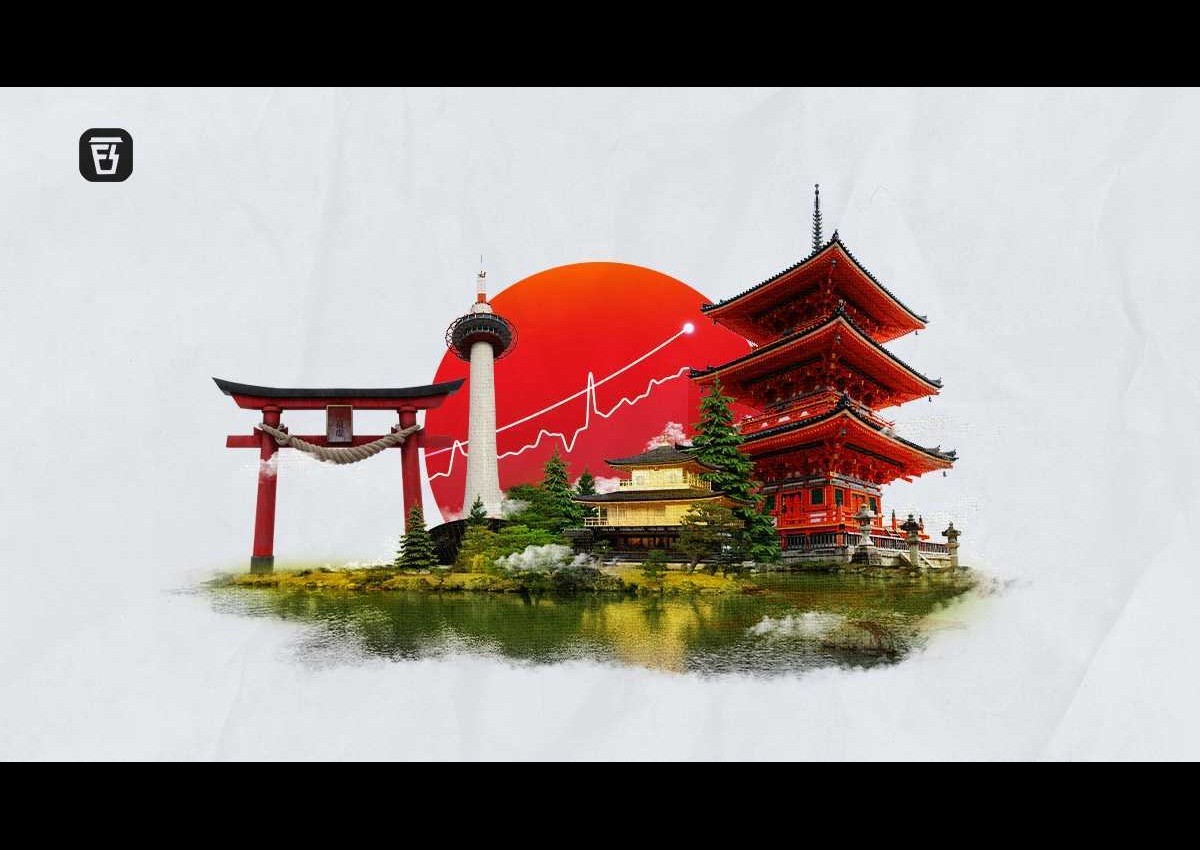30 Mar
Guide to Visiting Tokyo’s Tsukiji Market
Title: Tsukiji Market Guide: Navigating Tokyo's Culinary Wonderland
Introduction:
Tokyo's Tsukiji Market stands as a culinary mecca, revered by food enthusiasts and travelers alike for its fresh seafood, vibrant atmosphere, and rich cultural heritage. From the predawn auctions to bustling seafood stalls and sushi restaurants, Tsukiji offers a sensory journey through Japan's gastronomic delights. In this comprehensive guide, we'll delve into the history, attractions, and insider tips for visiting Tsukiji Market, ensuring an unforgettable experience for all who venture into its bustling lanes.
1. **History of Tsukiji Market:**
Tsukiji Market traces its origins back to the Edo period when it began as a humble fish market along the Sumida River. Over the centuries, it evolved into the largest wholesale fish market in the world, attracting buyers, sellers, and tourists from across the globe. In 2018, the iconic inner market relocated to Toyosu, but Tsukiji's outer market continues to thrive as a culinary destination.
2. **Understanding Tsukiji's Layout:**
Tsukiji Market comprises two main sections: the inner market (jōnai-shijō) and the outer market (jōgai-shijō). While the inner market primarily caters to wholesale buyers and auctioneers, the outer market is a bustling hub of retail shops, restaurants, and food stalls selling a diverse array of seafood, produce, and kitchenware.
3. **Exploring the Outer Market:**
Begin your Tsukiji adventure in the outer market, where you'll find a treasure trove of culinary delights and local specialties. Sample fresh sashimi, grilled seafood skewers, and savory street food snacks as you meander through narrow alleys lined with bustling stalls and shops. Don't miss the opportunity to taste Tsukiji's renowned tamagoyaki (sweet omelet) or indulge in a bowl of piping hot ramen at a local noodle shop.
4. **Must-Visit Shops and Stalls:**
While exploring the outer market, keep an eye out for iconic establishments and hidden gems that capture the essence of Tsukiji's culinary heritage. Visit Daiwa Sushi or Sushi Dai for a quintessential sushi breakfast experience, or indulge in a hearty seafood bowl at Tsukiji Donburi Ichiba. For seafood lovers, the stalls selling uni (sea urchin), oysters, and grilled scallops are not to be missed.
5. **Insider Tips for Tsukiji Market:**
- Arrive early: To experience Tsukiji at its liveliest, consider arriving before dawn to witness the tuna auctions and catch the freshest seafood.
- Wear comfortable shoes: Tsukiji Market involves a fair amount of walking, so be sure to wear comfortable footwear.
- Bring cash: While some shops and restaurants accept credit cards, it's advisable to carry cash, especially when purchasing from smaller vendors and street stalls.
- Respect the vendors: When sampling food or taking photographs, be mindful of the vendors' space and ask for permission when necessary.
- Explore beyond the main streets: Venture into the quieter alleys and side streets of the outer market to discover hidden gems and lesser-known eateries.
6. **Visiting the Toyosu Market:**
While the iconic inner market has relocated to Toyosu, visitors can still experience the auction action with guided tours of the Toyosu Market. Witness the tuna auctions from observation decks and explore the state-of-the-art facilities that continue Tsukiji's legacy of excellence in seafood distribution.
7. **Beyond Food:**
Tsukiji Market offers more than just culinary delights. Explore the surrounding neighborhood of Tsukiji to discover historic temples, traditional shops, and cultural landmarks. Visit Tsukiji Honganji Temple, a stunning example of Indian-inspired architecture, or browse the eclectic shops of Tsukiji Outer Market Shopping Street.
8. **Seasonal Highlights:**
Depending on the time of year, Tsukiji Market offers seasonal specialties and events. Visit during cherry blossom season for themed desserts and sakura-flavored treats, or sample summer delicacies such as shaved ice and grilled eel during the hot months. Be sure to check for seasonal festivals and events happening in and around the market.
9. **Dining Options in Tsukiji:**
After exploring the market, continue your culinary adventure at one of Tsukiji's many dining establishments. From hole-in-the-wall sushi joints to upscale seafood restaurants, there's something to suit every palate and budget. Indulge in a multi-course kaiseki meal, feast on tempura and yakitori, or savor a bowl of steaming hot udon noodles.
10. **Planning Your Visit:**
When planning your trip to Tsukiji Market, consider factors such as transportation, timing, and personal preferences. Research the market's operating hours, plan your route in advance, and arrive prepared to immerse yourself in Tsukiji's bustling atmosphere. Whether you're a seafood aficionado, a culinary enthusiast, or simply a curious traveler, Tsukiji Market promises an unforgettable experience that celebrates Japan's rich culinary heritage.
Conclusion:
Tsukiji Market, with its rich history, vibrant atmosphere, and culinary delights, offers a sensory journey through Japan's gastronomic landscape. From sampling fresh seafood at bustling stalls to witnessing the tuna auctions at Toyosu Market, Tsukiji captivates visitors with its timeless charm and unparalleled culinary offerings. Whether you're a seasoned foodie or a curious traveler, Tsukiji Market invites you to explore its bustling lanes and savor the flavors of Japan's culinary heart. Plan your visit today and embark on a culinary adventure that will tantalize your taste buds and leave you craving more.










